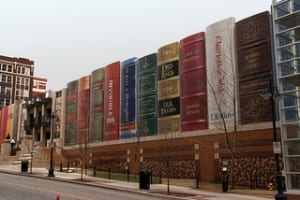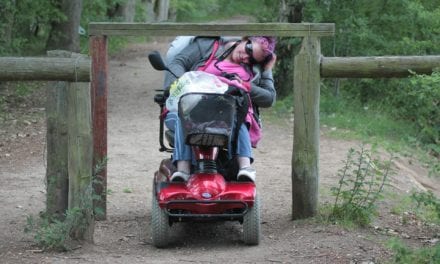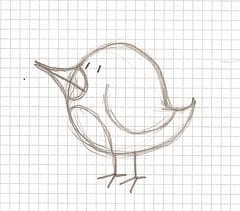There has been a lot written lately about curation in education, specifically digital curation. Here is a definition from Wikipedia
Digital curation is generally referred to the process of establishing and developing long term repositories of digital assets for current and future reference by researchers, scientists, historians, and scholars.
I never saw myself as a curator, but realize that, in using a variety of digital tools, I am acting as one. Although I am not digitizing the content, I am making selections, collecting and organizing. Curation adds value. In an age of info-glut, finding and then being able to easily re-access web sites and articles that I have found useful is essential. With the social aspect (being able to tap into what others whom you respect are curating), my PLN (personal / professional learning network) multiplies the possibilities of finding just what I need.
I started with social bookmarking sites, where I collected and tagged sites I thought would be useful later. I became part of a network, joining groups in Diigo and I now receive recommendations from other curators; these people are now part of my network. This brings me interesting links in subjects of my choice. I also share some of what I tag to appropriate groups. The advantage of tagging (attaching key words to the item) is that I can easily find articles later. For example, I have been using the key word “curation” and have easily found these items. In addition to tagging, you can add notations. Learn more about social bookmarking at the LEARN site.
I have recently been experimenting with other curation tools and thinking about ways they can be used by teachers for their own work and their work with students.
At a very basic level, teachers may curate websites on a specific topic and share them with their class via a website or document.This is important when you have specific sites you want your students to visit, when the goal is to access the information, not to learn how to find the best sites.
Many librarians curate on topics and publish them as LibGuides. You can find many at this site on a large variety of topics. The sites are vetted by librarians, so the student knows s/he can rely on the information there.
One tool I have been experimenting with is Scoop.it. When you “scoop” an item it is added to your topic. The resulting list looks somewhat like a newspaper. Here is a sample of a topic I have been curating: Visual Literacy. If you want to supply your students with a small number of articles, this is a nice option. Too many articles and it would be unwieldy. There can be a social media aspect to this tool as you can follow topics to get recommendations (and be followed). Here’s an interesting blog post about Scoop.it. It might be interesting to have high school students curate “magazines” on specific topics to share with the class. This could be a magazine which reflects different view points on a topic. Students should be able to justify why they chose specific articles for inclusion.
Another interesting tool is Pinterest. I don’t recommend it for teachers to use with their students as they can come across questionable material. However, it is a place where educators are “pinning” links on a variety of educational topics. You can follow everything a person pins, or just a specific topic. One aspect that distinguishes Pinterest is that it is image based, not text based. I’ve only recently started pinning, but you can get an idea of what Pinterest looks like by viewing my boards. Teachers and and administrators are pinning on topics such as teaching in various subject areas, classroom management, educational technology and books to read. Here’s what one blogger shares about Pinterest.
Listen to what some curators say about curation
from Percolate on Vimeo.
There are many more tools, each fitting a specific purpose. I’ll be looking into this more. Are you a curator? Please share how you are using a curation tool. Is it for personal use? for use with your class? or with your colleagues? Is there a tool you love and why?






I’m currently using Pinterest and I really enjoy it for the gallery-like display with which it provides me. I like the move towards on-line ways of organizing the information we find on the web, info that is often deemed useful at a later time. I know that my computer bookmarks became obsolete a long time ago for tracking useful articles for later retrieval… but as with everything, I struggle with the choices with which I am confronted!
There was one point that was mentioned in the video that I identify with strongly. Piers Fawkes remarked that “we” started with writing to ourselves in the “science”. I’m still at that stage and I am acutely aware of “audience” having begun to blog for an organization. The glut of information has been an hurdle to deal with, and I found that I needed my own area to write in this “genre” to figure out what was important to me and develop an expertise in an area of knowledge. It’s from there that people will decide follow or not and hence that what I curate or filter is relevant to audience.
Susan, as usual, you are several steps ahead of me, thank goodness. I have been thinking that my next step is to get the kids into social bookmarking, then curation started showing up, and now I’m thinking of using some form of curation as an alternate assessment to testing. Maybe they can summarize a unit, then go beyond by researching on their own, then create a magazine that includes their own blog and other resources they’ve used. Hmmmm….Thanks for getting me thinking!